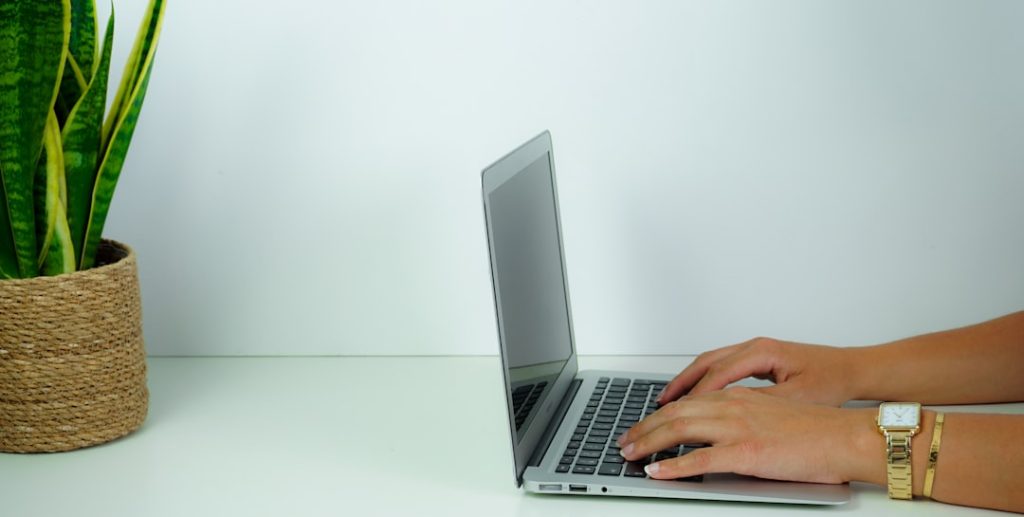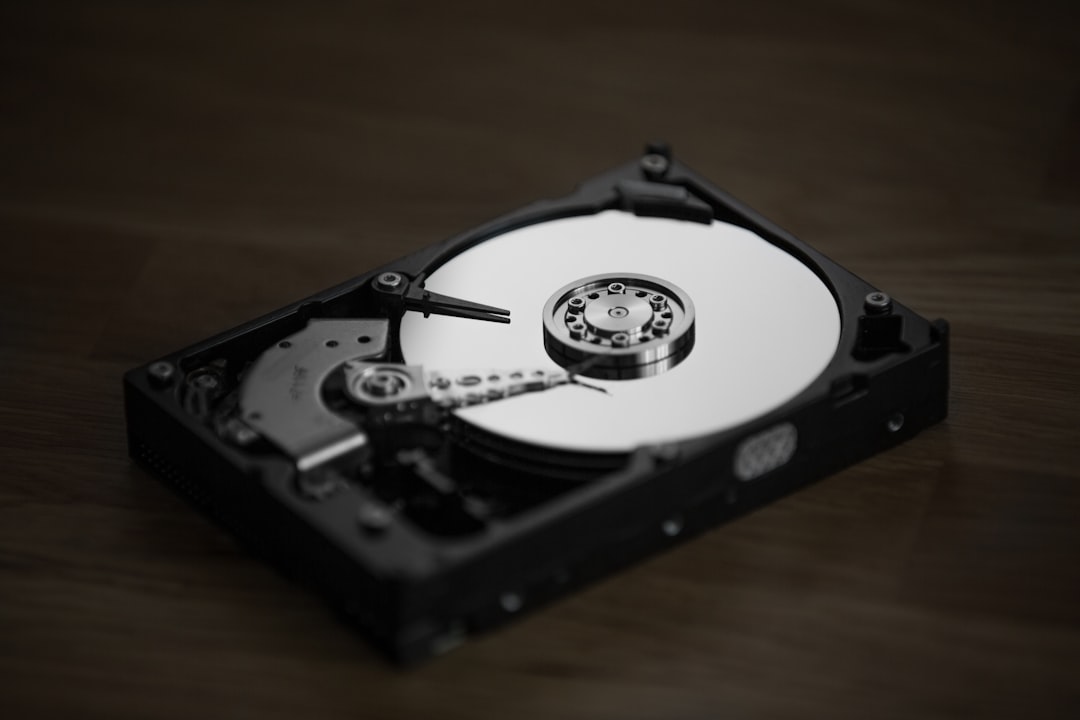How Safe Is the Internet Archive for Users?

The Internet Archive is a massive online digital library offering free access to a vast collection of websites, books, audio recordings, videos, and software. While its mission to preserve the digital history of the internet is noble and valuable, users often question just how safe it is to interact with and use this resource. Given its open nature and archival approach, it’s important to understand the safety implications for individuals accessing the platform.
TL;DR Summary
The Internet Archive is generally safe for users who are browsing publicly accessible media, such as digitized books, videos, and web pages. However, users should be cautious when downloading executable files or software, as there’s a chance of encountering malicious code in older or user-uploaded content. Legal concerns may also arise for those attempting to access copyrighted material not authorized for redistribution. Practicing good digital hygiene is essential when exploring this vast archive.
1. Understanding the Internet Archive’s Purpose
The Internet Archive was founded in 1996 with the goal of providing “universal access to all knowledge.” Today, it is best known for its Wayback Machine, a tool that allows users to browse archived versions of websites from more than two decades ago. In addition to web snapshots, the Internet Archive hosts over 70 petabytes of media, including public domain books, historical recordings, educational videos, and vintage software apps.
Given the diversity and volume of content it houses, the archive has become an invaluable tool for researchers, historians, journalists, data scientists, and curious browsers. However, its open approach—allowing anyone to upload content—introduces complexities when it comes to safety and reliability.
2. Types of Risks Users Might Encounter
There are several ways in which safety concerns manifest on the Internet Archive, including technical, legal, and data security considerations.
- Malware in Vintage or User-Uploaded Software: The archive hosts thousands of old operating systems, games, and shareware applications. These might contain malicious code, either intentionally or unintentionally bundled through past distribution methods.
- Copyright Infringement: Users accessing protected material that was not lawfully uploaded may unknowingly participate in infringement, placing them at legal risk.
- Inaccurate or Manipulated Information: Not all information is verified or curated, and older web content may include disinformation or outdated material presented without context.
- Phishing or External Link Risks: Archived snapshots may contain outbound links to domains that have since been taken over by malicious entities.
Though the Archive does not offer commercial downloads or intrusive ads, users still need to exercise caution when downloading files or visiting archived web destinations.
3. Safety Measures in Place
The Internet Archive team takes proactive steps to enhance user safety. Some of these measures include:
- Virus Scanning: The Archive scans many of the files in its collection with antivirus tools to detect potential malware. Suspect files are often flagged for user awareness.
- Transparency and Reporting: A wide range of items include metadata, user reviews, and community flags that help identify harmful or misleading content.
- Legal Takedown Notices: The Archive follows the Digital Millennium Copyright Act (DMCA) and acts on takedown requests if material is found to infringe copyrights.
- Limited File Types Online-Executable: The platform generally avoids allowing direct execution of uploaded code via browser environments, limiting exposure to browser-based attacks.
However, due to the Archive’s decentralized nature and broad scope, not all harmful content can be instantly detected or removed. This is why user vigilance is critical.
4. Protecting Yourself When Using the Internet Archive
There are a few best practices users can follow to minimize any risks associated with accessing the Archive:
- Use Secure Browsing Tools: Enable antivirus or anti-malware browser tools that can scan URLs and files before interaction or download.
- Avoid Downloading Executable Files: Unless you are technically capable of verifying the safety of an application (using sandbox environments or manual inspection), it’s best to avoid vintage software downloads.
- Verify Sources: When using historical web content for research or citation, verify the original publishing source to ensure authenticity.
- Watch for Legal Grey Areas: Be mindful of media content that may still be under copyright. Always check licensing details on the item’s page.
Combining cautious behavior with the Archive’s protective measures greatly reduces the chance of harm when using the site.

5. The Darker Side: Exploitation of Archive Content
Unfortunately, just like any tool intended for public benefit, the Internet Archive has sometimes been leveraged for malicious or questionable purposes. Researchers have noted that malware creators occasionally use Wayback Machine links to hide communication channels between infected devices and command servers. Additionally, certain perpetrators of misinformation use archived pages to resurrect or resurface outdated narratives for manipulation.
That said, the Archive team works with academic researchers and digital safety groups to monitor abuse cases and reduce occurrences. Nevertheless, it reinforces the necessity for users to critically assess what they interact with rather than assuming all content is benign simply because it’s archived.
6. Privacy and Data Concerns
From a privacy perspective, the Internet Archive does not track users in the commercial sense—there are no targeted ads, forced logins, or data sharing arrangements with third parties. Still, users should be aware of potential metadata captured during uploads or downloads, such as IP addresses. This is relatively low-risk for standard users but could be relevant for those accessing the Archive from countries with internet restrictions or surveillance.
Also, uploading personal files or data to the Archive should be approached with caution. The platform discourages using it as personal cloud storage, especially for private or sensitive materials, as the focus is on public access and long-term availability.
7. Assessing the Overall Risk Level
In the grand scheme, the Internet Archive is a low-risk platform when used responsibly. Accessing digitized books, streaming public domain content, or browsing website histories is generally safe for most users. The potential hazards mostly arise from:
- Downloading old software without proper safety checks.
- Believing archived content is factually or editorially authoritative.
- Accessing protected material that may be under IP restrictions.

Its lack of monetization and nonprofit status make the Archive relatively free from the usual privacy invasions seen on commercial platforms. However, it’s not a curated or officially maintained resource for legal or medical advice, and users should avoid using it as such without corroborating evidence.
Conclusion
The Internet Archive remains an indispensable tool for preserving and accessing the digital past. Its openness is simultaneously its greatest strength and most notable weakness when it comes to safety. While the organization takes reasonable measures to protect users, the onus is still on individuals to employ good judgment, verify file safety, and understand the potential limitations of the content they are accessing.
In short, yes—the Internet Archive is safe for most users, provided it is used with a critical eye and a cautious mindset.
